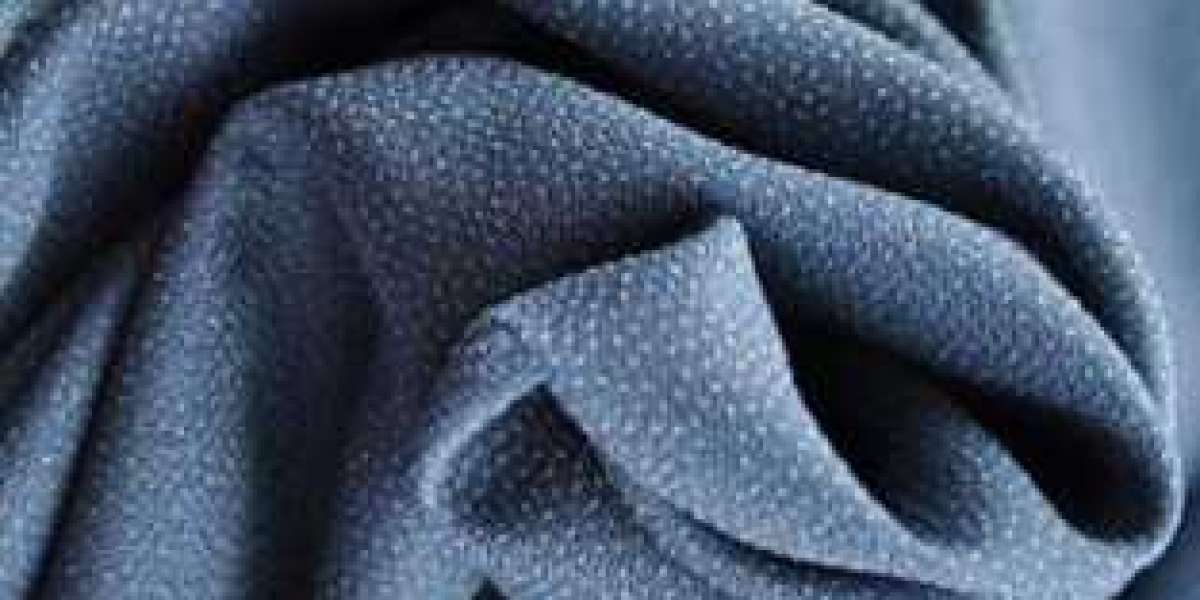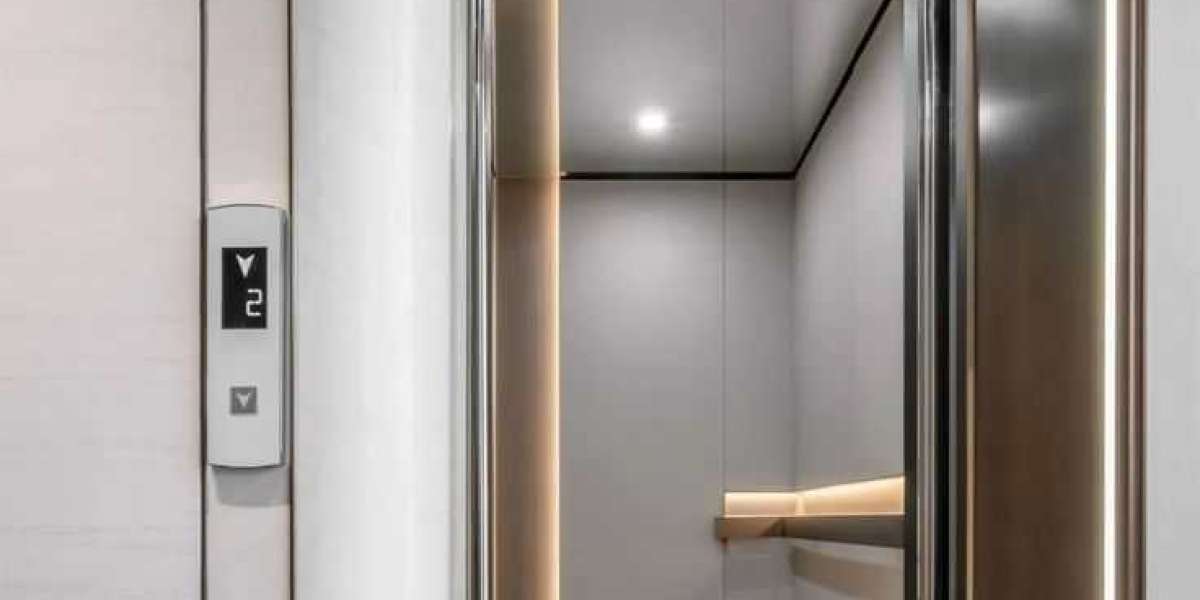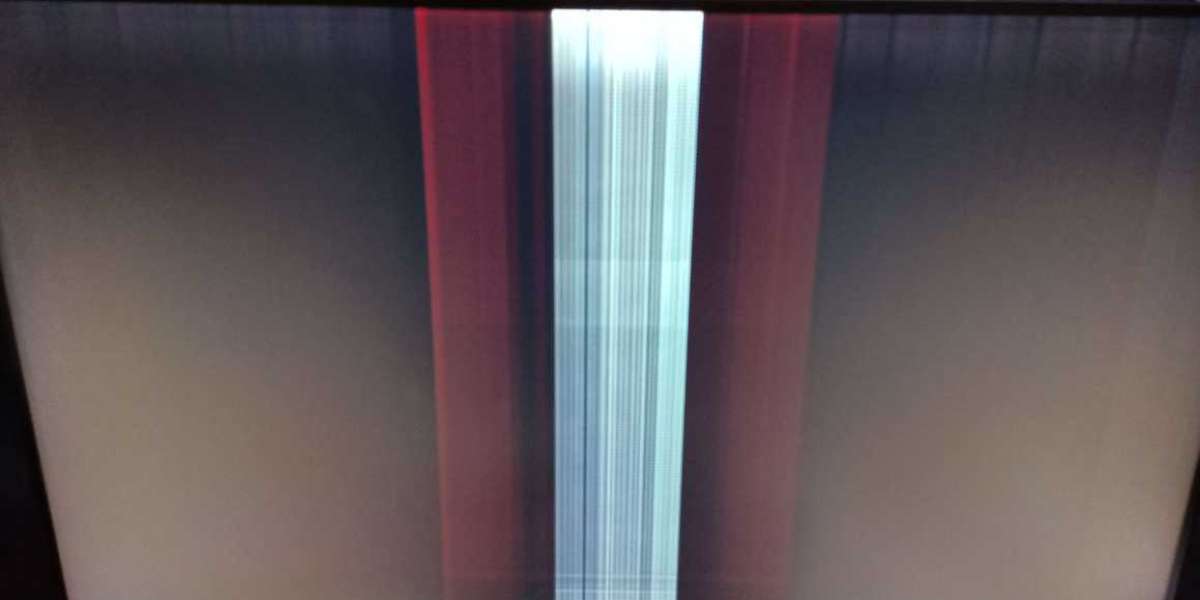The tear resistance of woven interlining is an important indicator to measure its durability and strength. Especially when it is used in clothing, luggage, car interior, home textiles and other fields, it can effectively prevent the fabric from cracking or tearing due to external forces. Extend service life. The tear resistance of spun interlining is affected by many factors, including fiber type, weaving method, fabric density, coating treatment, etc.
First of all, the fiber type of spun interlining directly affects its tear resistance. There is a significant difference in tear resistance between natural fibers (e.g., cotton, linen) and synthetic fibers (e.g., polyester, nylon). Synthetic fibers generally have higher tear resistance, especially fibers such as polyester and nylon, because their molecular structure is relatively tight and their strength is relatively high, so they can withstand greater tensile forces and are not easily torn. Natural fibers are softer, but have poor tear resistance, especially in a wet environment, where the fiber strength may decrease, increasing the risk of tearing.
Secondly, the weaving method of the spun lining also affects its tear resistance. Common weaving methods include plain weave, twill weave and satin weave. Different weaving methods determine the tightness and surface structure of the fabric. Generally speaking, plain weave fabrics have better tear resistance because the warp and weft yarns of plain weave fabrics are arranged closely and have a strong interwoven structure, which can better disperse external forces. However, twill and satin fabrics may be less tear-resistant in some directions due to their unique weaving methods, but have advantages in other aspects (such as flexibility and appearance).
In addition, the density of the spun interlining has a significant effect on tear resistance. The higher the density, the more resistant the fabric is to tearing. This is because a higher density fabric generally means more contact between fibers and greater resistance to stretching. In addition, coating treatment is also an effective way to enhance tear resistance. For example, adding polyurethane (PU), acrylic or other plastic coatings can increase the strength of spunbonds, making them tougher and more tear-resistant.
In addition, the thickness and usage environment of the spun lining will also affect its tear resistance. Thicker spun interlinings are generally more tear-resistant, while thin spun interlinings are more susceptible to tearing under high stress conditions. In some special usage environments, such as high temperature, humidity or strong friction, tear resistance may also be challenged. Therefore, when choosing spun interlining, it is necessary to comprehensively consider factors such as fiber type, weaving method, density, coating and thickness according to actual usage requirements.
In short, the tear resistance of woven interlining is a comprehensive indicator, which is not only closely related to the material and structural design, but also affected by external environmental conditions. In practical applications, selecting suitable textile interlining materials and processing technology can effectively improve its tear resistance and meet the requirements of durability and safety in different usage scenarios.













